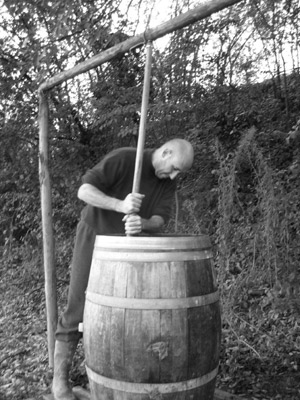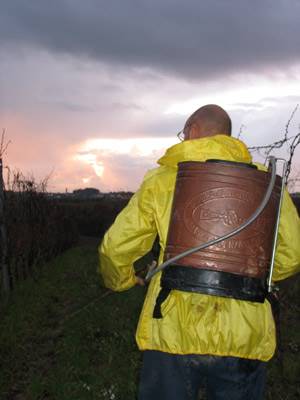Biodynamics

Rudolf Steiner
First conceived in the 20’s, it was the brainchild of Rudolf Steiner, and went on to consolidate itself worldwide after various events. The history and aspects involved in these methods are articulated and complex and impossible to look at in detail in such a short space. Therefore, I have limited myself to provided links to the web sites and associations which look into the matter in greater depth, and mention below only some of the principles and key aspects.
Biodynamics encompasses some basic aspects of organic production, as it does not use weed killers, chemical fertilizers or phyto-drugs of any nature – substances which are notoriously toxic for the soil, plants and consequently mankind. At the same time it differs from the organic method as it is based on a much wider concept of interaction with living elements and thus agriculture itself. It aims at creating an eco-system, planet earth and the powers by which they are influenced, considering everything a single living organism in holistic terms.
It acts subtly and thus energetically on the earth and the plants, in other words on the living eco-system.
The objective is to create a balance and vital harmony.
Unicum naturale
Efforts are made to bring a “plant culture” (an artificial group such as a vineyard, olive grove or vegetable plot) together with a “unicum naturale”, full of life. The basic aim is that of revitalizing the earth and making it more fertile from a microscopic level and subsequently the level of plants and animals.
Biodynamic means getting the four elements of life to move and work (dynamics) together: water, air, earth and fire (bio), through a sequence of actions.
In cultivation, for example, only “living” elements are used, i.e. no longer (even organic) fertilizers as they are “dead” elements; when something needs to be added to the earth this can be achieved by, for example, sewing plants (in other words living organisms) between the rows of vines, including up to several tens of different species, to fill the earth with biodiversity and complexity from a material point of view; from a “subtle” point of view the earth is influenced by different planets and cosmic energies to which these plants are connected. This means the earth receives “impulses” or “stimuli”.
"Corno letame" and green manure
Another practice is the use of the "500" or "corno manure" combined with green manure. The seed is buried and the "500" is distributed to activate the microbial activity of the earth; in spring the shredded plants are mowed and buried so that they ferment aerobically and form humus, the only nutrient element for plants; the "500" is used to activate and stimulate this function of the earth through the action of millions of microorganisms present in it. It serves to "remind" the earth of one of its fundamental functions, that is to transform the organic substance into humus, a transformation today hindered by pollution and by the trampling of the land by tractors which compact it and make it asphyxiated.
This will allow the roots of the plants to receive healthy, rich and balanced nutrition.
A plant that grows in soil rich in humus feeds autonomously on the mineral substances made available by the microorganisms present. Humus also absorbs and retains water and regulates its availability, in fact, in dry moments of the year it releases it, in those with too much rainfall it retains water without making the earth lose its consistency thanks to an increase in the "elasticity" of the soil structure. So a humusified soil has a significantly higher water absorption capacity than the same soil with little humus.
Vitality of the soils, development of organized and balanced life in the earth translate into a harmonious vitality of the plants.
